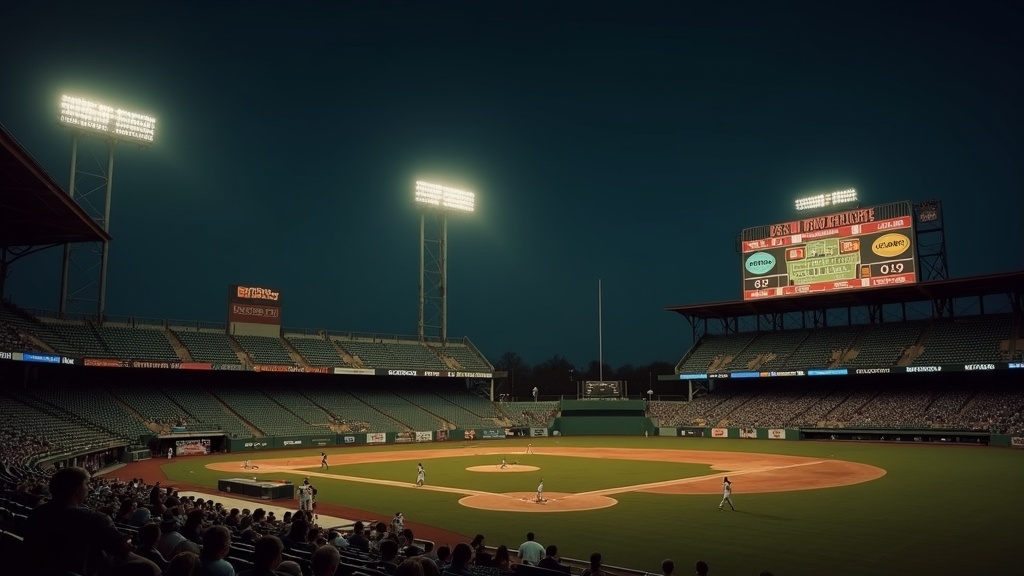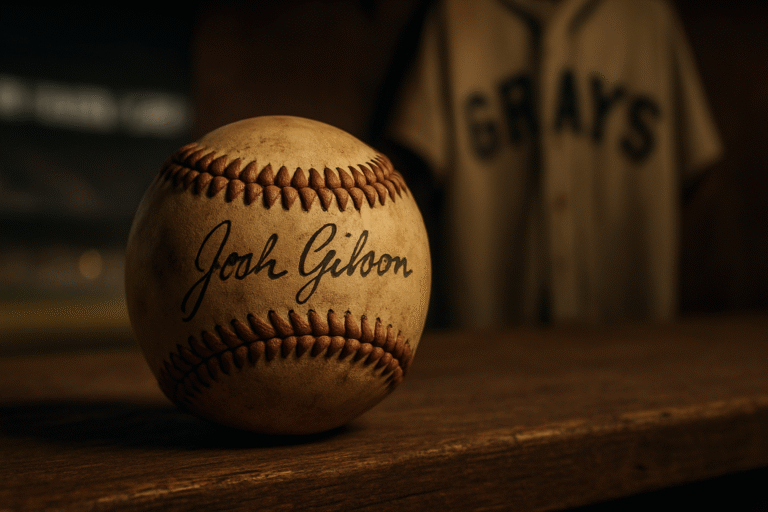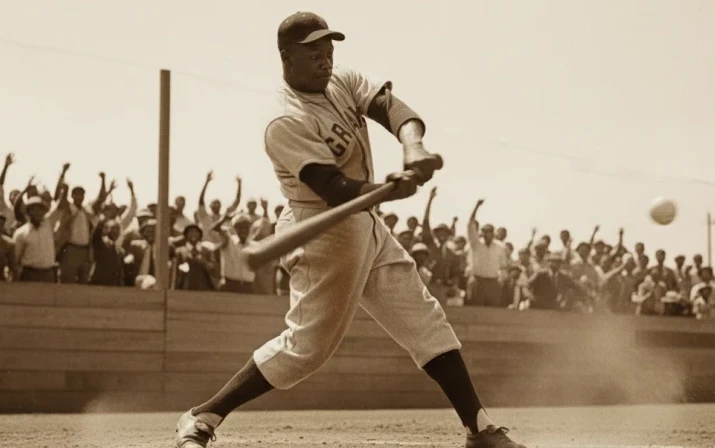
Key Insights:
- Josh Gibson’s home runs are remembered for their power and the stories that grew around them.
- Some of his most famous blasts are tied to legendary ballparks like Yankee Stadium and Griffith Stadium.
- Fans and historians debate the details, but the feeling of witnessing his power remains strong.
- Gibson’s home runs have become an important part of baseball’s oral history, not just simple stats.
Looking at Josh Gibson’s mighty home runs always leaves me with a mix of awe and curiosity.
Josh Gibson’s Legendary Home Runs: What Makes Them So Memorable?
Josh Gibson is one of those names that echoes through baseball history. His home runs weren’t just long; they were unforgettable. Maybe you’ve wondered if the stories are exaggerated. A lot of us have, but when so many players and fans from that era talk about his legendary blasts, there’s probably some truth to the hype. Even without exact footage, some home runs just become the stuff of legend and stick with you.
People still mention his one at Yankee Stadium, a towering shot that supposedly left the park. There’s another story about a homer at Griffith Stadium in Washington, D.C. that cleared the bleachers entirely. I’m sure not every detail is perfect. But there’s something about the way these accounts stick because everyone seems to remember them.
What Set Gibson’s Home Runs Apart?
For me, it’s not just the distance, even though some say he knocked a ball over 500 feet. Gibson’s raw power grabs the attention, yet the context makes some of these swings so fascinating. Night games with huge crowds, pressure moments, tough pitchers; he still put on a show. Other players talk about the sound of his bat. It was different. The ball would jump, almost unexpectedly fast, and people remembered how it looked as it sailed away.
Most home runs are just numbers in old box scores, but Gibson’s best ones come with stories—almost like folk tales. That’s a bit unusual for ballplayers who played before TV was everywhere. Each memorable Homer has a who, where, and when. The details continue to be shared generations later, passed down by fans and families who love the game.
To give even more context, some of those stories describe Gibson’s swing as effortless. Reporters wrote that even rival pitchers showed respect, quietly watching as the ball disappeared into the night. It’s not just about the records; it’s what people remember feeling as they watched. The stories grow with every retelling, and that’s part of what makes them so much fun to dig into.
How Fans and Historians Remember Gibson’s Blasts
Historians tend to tread carefully, and so do I, but these home runs keep showing up in books and museums. Some writers will point out inconsistencies, like whether a ball actually cleared a roof or just hit it. At the end of the day, it’s the impact that counts. People at the games still said years later that they saw something they’d never forget.
Whenever I visit a Negro League exhibit, it’s almost guaranteed I’ll see Gibson’s name beside words like “powerful” and “unmatched.” Whether every story is 100% accurate isn’t super important. What matters is how his home runs made people feel—amazed, inspired, sometimes even a bit envious of those who were there. That’s the kind of baseball memory that stands the test of time.
In recent years, more researchers have looked into old newspaper clippings and asked former players or their families about what they saw. These efforts keep the stories alive, and sometimes they even stumble upon new details, adding to the legend. Gibson’s home runs help remind us why baseball’s history is so much more than stats; it’s about the moments that made crowds cheer in ways they never forgot.



